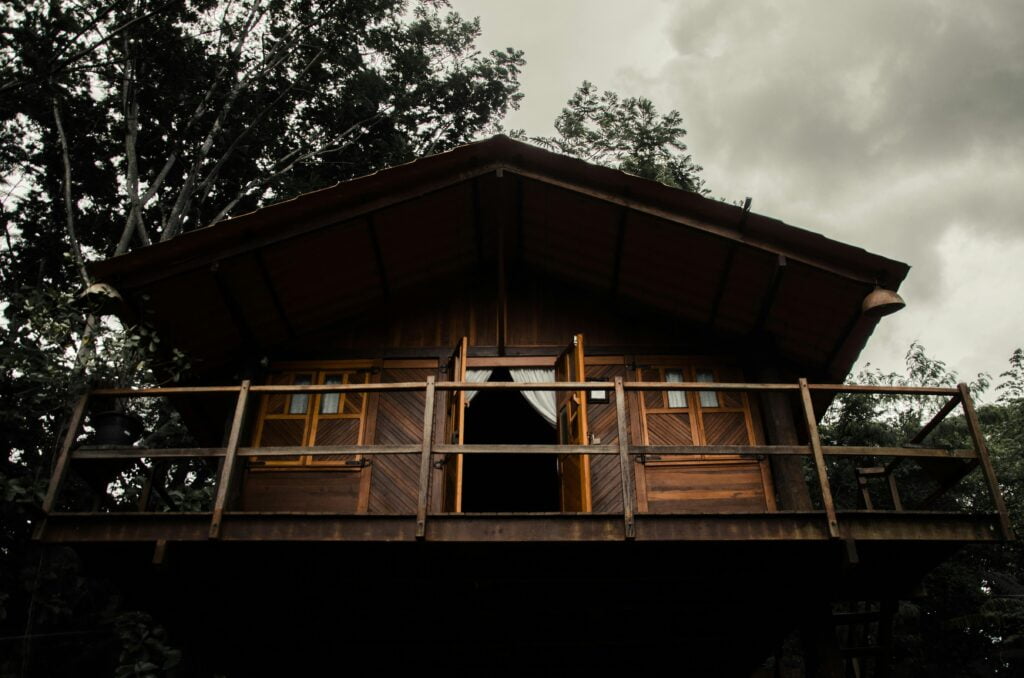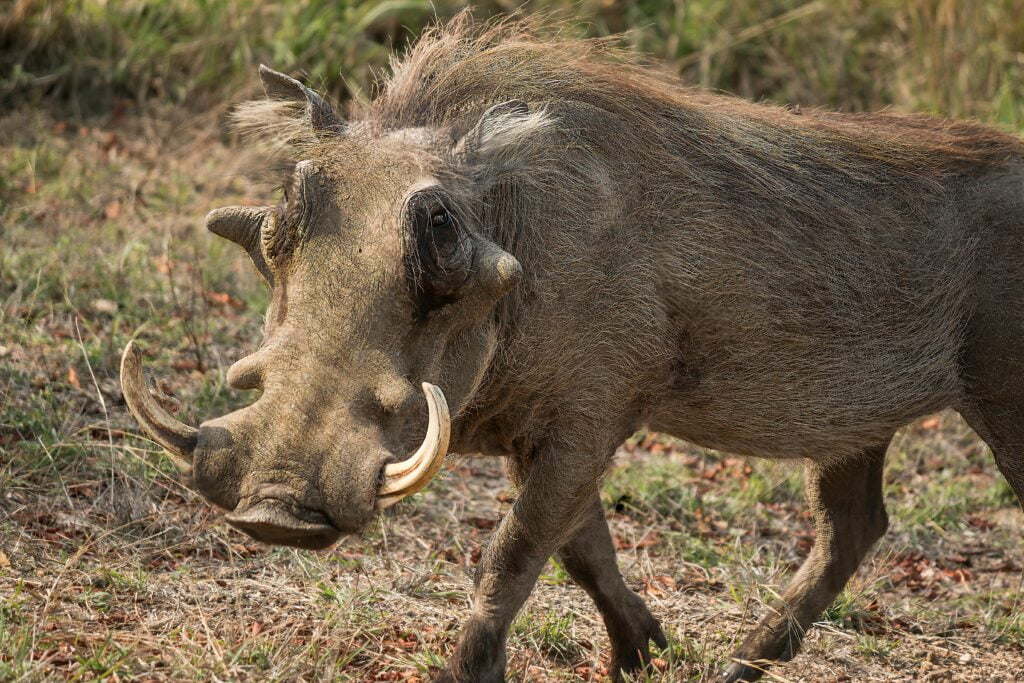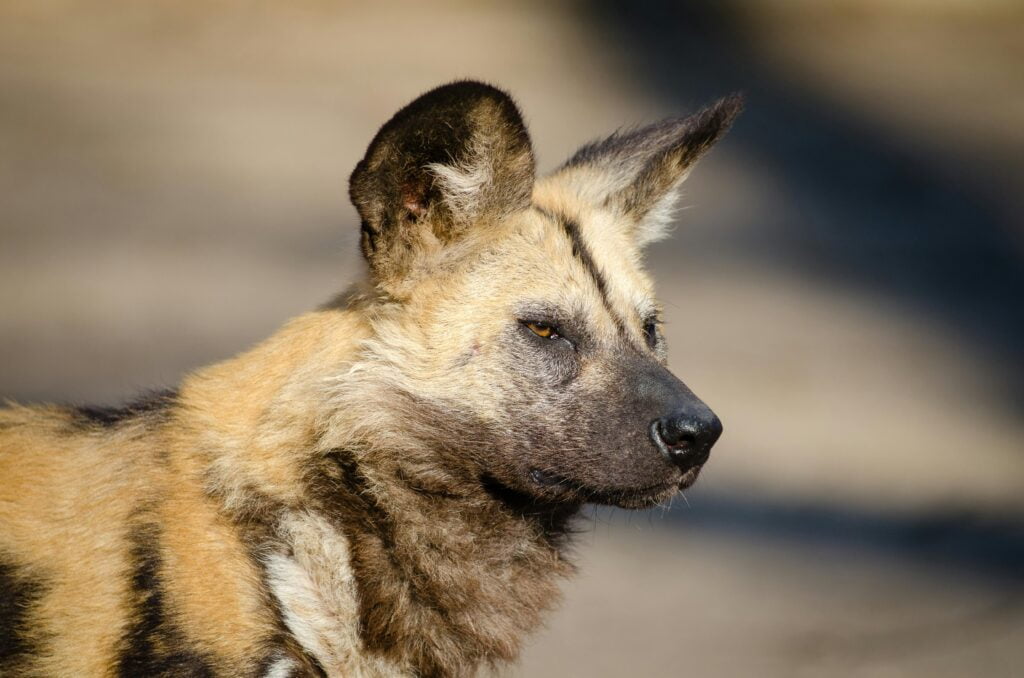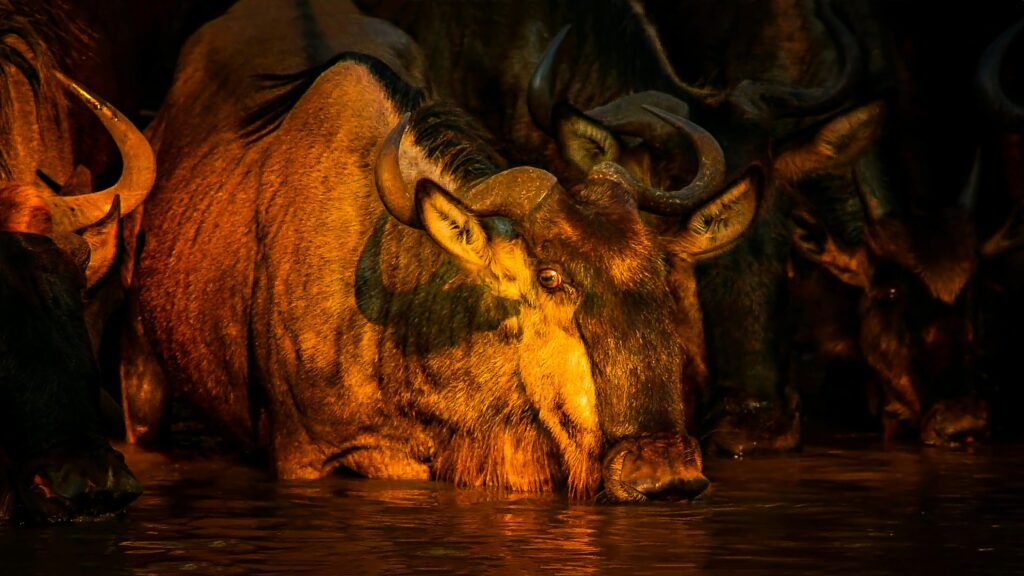Adventure Sports in Tanzania: Thrilling Activities for the Adrenaline Junkie
Tanzania is not only a haven for wildlife enthusiasts but also a paradise for adventure seekers craving heart-pounding activities amidst stunning landscapes. From soaring peaks to vast savannahs and crystal-clear waters, Tanzania offers a diverse array of adventure sports that cater to every adrenaline junkie’s desire. Join Future African Safari as we explore the most exhilarating adventure sports in Tanzania, ensuring your safari experience is as thrilling as it is unforgettable. 1. Mount Kilimanjaro Climbing: Conquer Africa’s Roof Challenge and Achievement: Mount Kilimanjaro, Africa’s highest peak at 5,895 meters (19,341 feet), presents a formidable challenge for climbers. Reaching the summit, Uhuru Peak, is a significant achievement that rewards adventurers with breathtaking panoramic views. Route Variety: Tanzania offers several routes to climb Kilimanjaro, each with its unique landscapes and levels of difficulty. Popular routes include the Machame, Marangu, and Lemosho, catering to different skill levels and preferences. Guided Expeditions: Future African Safari partners with experienced guides to ensure your climb is safe, well-supported, and enriching. Comprehensive packages include permits, gear, and expert assistance to help you reach the top. 2. White Water Rafting on the Rufiji River Thrilling Rapids: The Rufiji River, Tanzania’s longest river, offers exhilarating white water rafting experiences. Navigate through Class III and IV rapids, surrounded by lush forests and dramatic cliffs. Scenic Beauty: Rafting on the Rufiji not only provides an adrenaline rush but also immerses you in Tanzania’s pristine natural beauty. Spot wildlife along the riverbanks and enjoy the serene moments between rapids. Safety First: Future African Safari ensures all rafting adventures are conducted with top-notch safety equipment and trained guides, making your experience both thrilling and secure. 3. Skydiving Over Serengeti National Park Unmatched Aerial Views: Experience the Serengeti like never before with a skydiving adventure. Freefall over one of the world’s most iconic wildlife sanctuaries, witnessing vast herds of animals and endless grasslands from the sky. Ultimate Adrenaline Rush: Skydiving offers the ultimate thrill for adrenaline junkies, combining the excitement of freefall with the serene beauty of Tanzania’s landscapes. Professional Instructors: Future African Safari collaborates with certified skydiving instructors to ensure your jump is safe, exhilarating, and unforgettable. 4. Hot Air Balloon Safaris: Glide Over the Wilderness Peaceful Adventure: For those seeking a blend of adventure and tranquility, hot air balloon safaris offer a unique perspective of Tanzania’s wildlife and landscapes. Glide gently over the Serengeti, spotting animals from above as the sun rises. Photographic Opportunities: Capture stunning aerial photographs of the savannah, wildlife, and iconic landmarks, creating memories that last a lifetime. Expert Pilots: Our experienced balloon pilots ensure a smooth and enjoyable flight, providing insights into the area’s ecology and wildlife during your journey. 5. Rock Climbing in Udzungwa Mountains National Park Challenging Terrain: The Udzungwa Mountains, part of the Eastern Arc Mountains, offer some of Tanzania’s best rock climbing opportunities. Tackle diverse routes that range from beginner-friendly climbs to more advanced challenges. Rich Biodiversity: Climbing in Udzungwa allows you to explore lush forests, cascading waterfalls, and encounter unique wildlife, making it a comprehensive adventure experience. Guided Expeditions: Future African Safari provides expert guides who are familiar with the terrain, ensuring your climbing adventure is both safe and rewarding. 6. Scuba Diving in Zanzibar’s Pristine Waters Underwater Paradise: Zanzibar, with its clear turquoise waters and vibrant coral reefs, is a top destination for scuba diving. Explore diverse marine life, from colorful fish and turtles to majestic manta rays and whale sharks. World-Class Dive Sites: Dive sites like Mnemba Atoll and Chumbe Island Marine Park offer some of the best underwater experiences in East Africa, perfect for both beginners and experienced divers. Safety and Training: Future African Safari partners with certified dive centers to provide safe, enjoyable, and memorable diving adventures, complete with professional instructors and top-quality equipment. 7. Bungee Jumping Off the Old Moshi Bridge Extreme Thrill: For the ultimate adrenaline rush, bungee jump off the historic Old Moshi Bridge near Mount Kilimanjaro. Plunge into the abyss with breathtaking views of the surrounding mountains and valleys. Unforgettable Experience: This daring leap is a bucket-list item for many adventure seekers, offering a unique way to experience Tanzania’s stunning topography. Safety Assurance: Future African Safari ensures all bungee jumping activities are conducted with strict safety standards and professional supervision, making your jump both thrilling and secure. Safety Tips for Adventure Sports in Tanzania Choose Reputable Operators: Always select experienced and certified adventure sports operators to ensure safety and quality. Proper Gear: Use appropriate gear and equipment provided by your adventure sports provider. Ensure everything fits well and is in good condition. Listen to Guides: Pay close attention to your guides’ instructions and follow all safety protocols to minimize risks. Stay Hydrated and Protected: Tanzania’s climate can be intense. Stay hydrated, wear sunscreen, and dress appropriately for the activity and weather conditions. Health Precautions: Consult with your doctor before engaging in high-intensity adventure sports, especially if you have any pre-existing health conditions. Plan Your Adventure Sports Safari with Future African Safari Tanzania’s diverse landscapes offer endless opportunities for adventure sports enthusiasts to push their limits and create unforgettable memories. Whether you’re climbing Africa’s highest peak, rafting through thrilling rapids, or diving into vibrant marine ecosystems, Future African Safari is here to tailor your adventure to your unique preferences and ensure a safe, exhilarating experience. Ready to embark on the adventure of a lifetime? Contact Future African Safari today to customize your Tanzanian adventure sports safari and discover the thrilling activities that await you in one of Africa’s most dynamic destinations. Explore more about our safari packages and discover the best of Tanzania with Future African Safari. Your unforgettable African adventure starts here! Kilimanjaro 3 tours Safari 9 tours Zanzibar 3 tours
Adventure Sports in Tanzania: Thrilling Activities for the Adrenaline Junkie Read More »











